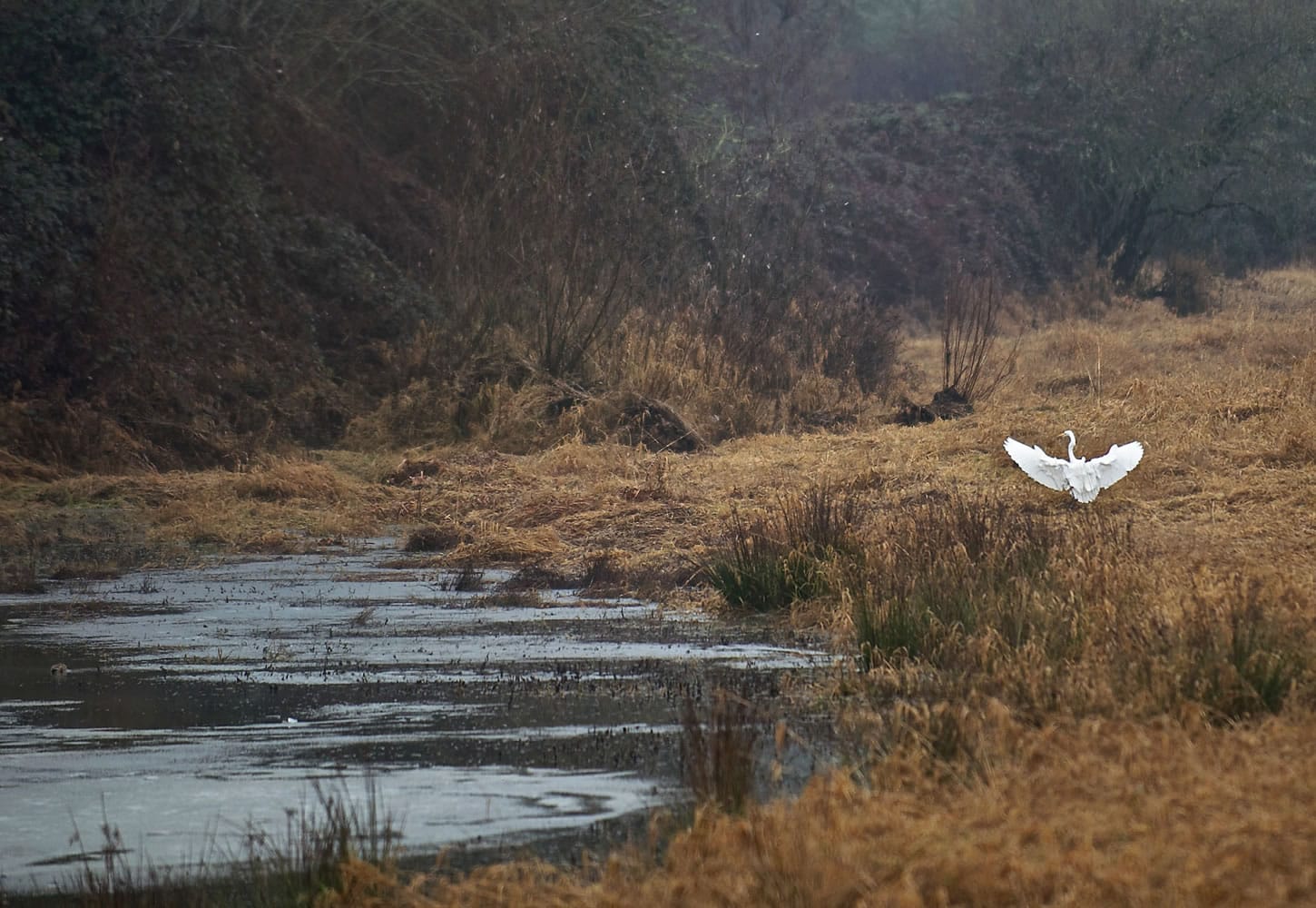LA CENTER — On the East Fork Lewis River and surrounding habitat, restoration efforts paint on a partially finished canvas.
More than 1,000 acres has already been set aside by Clark County in the form of a sprawling public greenway. Some management work has happened, but many areas remain choked by invasive plants and weeds. Side channels and wetlands function with varying success.
The trick, said Paul Kolp, is to address what doesn’t work without compromising what does.
“One of the key factors out here is hydrology,” said Kolp, a restoration ecologist with the Lower Columbia Estuary Partnership. “We don’t want to drain systems that are functioning well. We want to augment the ones that aren’t.”
The Portland-based organization recently received more than $350,000 in grant money for restoration efforts at two sites along the river. One will focus on improving some 40 acres of wetlands at La Center Bottoms; the other aims to “reactivate” a half-mile side channel along the East Fork about three miles upstream, Kolp said.
The grants will allow the estuary partnership and its partners to design possible improvements to the area. If all goes well — and additional money falls into place — actual construction could happen in 2015, he said.
Construction, of course, takes a minimalist approach when possible. While it’s possible that some excavation may help connect the side channel to the main stem river and re-establish a crucial refuge for fish and other wildlife, environmental groups say they try to use the natural tools available to them when they can.
It’s better to work within the water system already in place, rather than strong-arm it into something it’s not, said restoration ecologist Marshall Johnson with the estuary partnership. In some cases, the county has used historic aerial photos to get a sense of how the river system functioned decades ago.
As Johnson and others walked along the side channel they hope to restore this week, they trudged through thick canary grass, considered an invasive plant species. Instead of removing it, planners will likely try to combat the grass by planting native trees strong enough to establish shelter and take hold on their own, he said.
The two projects now being pursued are the latest in a long series of efforts along the East Fork Lewis River. Using its Conservation Futures program, established in 1985, Clark County has acquired large amounts of land along the river over the years.
A dam-free river, the East Fork is seen as key habitat for steelhead, salmon and other animals. Healthy side channels and wetlands are particularly important for juvenile fish, said Ron Wierenga, a program manager in the county’s Environmental Services department.
The East Fork greenway was also established with recreation in mind. Easy public use is available near La Center and Battle Ground; other areas are harder to reach. Officials say they’d eventually like to have some kind of access across the entire greenway.
As with habitat restoration, there’s a lot of work to do. The estuary partnership and other groups such as Fish First, the Lower Columbia Fish Enhancement Group and the Columbia Land Trust continue to partner with the county to restore the area, Wierenga said.
The East Fork offers a canvas, he said, for many hands to work on.
“Nothing really happens without partnership,” Kolp said.




